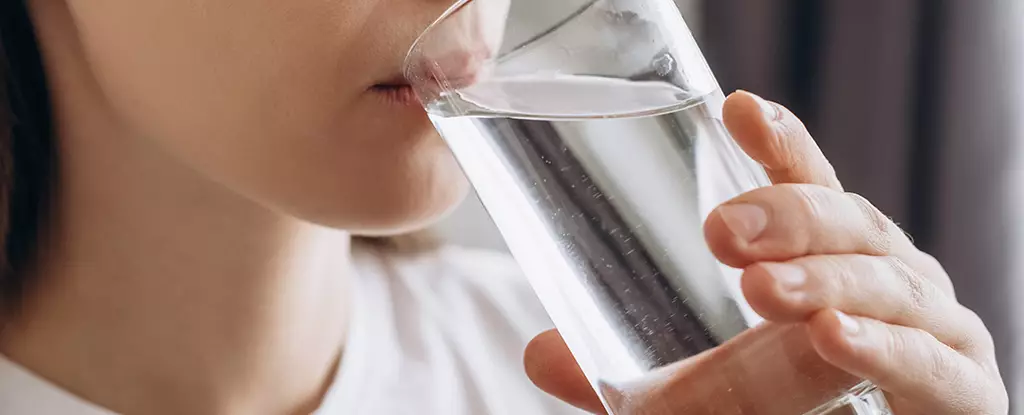Microplastics pose an increasing threat to human health as these tiny plastic fragments infiltrate our bodies primarily through the food and beverages we consume. The extent of this contamination has captured the attention of scientists, particularly researchers from Guangzhou Medical University and Jinan University in China. Their recent study unveils a promising yet straightforward method for reducing the presence of microplastics in our drinking water—the boiling and filtering process, which could be easily implemented in households around the globe.
The Rising Concern of Microplastics in Tap Water
Microplastics, specifically nano and micro-sized particles (NMPs), have become a significant public health concern. These particles can travel through centralized water treatment systems, bypassing filtration processes and eventually finding their way into household tap water. According to the study published in February, the covert infiltration of NMPs poses an undeniable risk for everyday consumers, raising alarms about how these contaminants might accumulate over time within the human body.
This issue begs the question—how can individuals combat the introduction of these foreign materials into their systems? The researchers offered a potential solution by examining how boiling water interacts with different types of tap water. Their findings indicated that a substantial proportion of these contaminants could be removed through a simple technique available in every kitchen.
In their experiments, the researchers tested both soft and hard tap water, the latter being characterized by its higher mineral content, specifically calcium carbonate. By adding known quantities of NMPs to the water and then employing a boiling method followed by filtration, they successfully demonstrated a significant reduction of microplastics—up to 90 percent in some instances.
The mechanism behind this filtration technique lies in the formation of limescale, which occurs when hard water is heated. As the temperature increases, the dissolved calcium carbonate precipitates out, creating a crust that effectively traps and removes the microplastics from the water. In cases involving soft water, while there was less calcium build-up, researchers still observed a quarter of NMPs being extracted.
To implement this effectively, users can employ simple filtering methods, such as using stainless steel mesh commonly utilized for straining tea. This affordability and ease of access present a substantial advantage, making it feasible for countless households to adopt this decontamination strategy.
Despite not fully understanding the health ramifications of plastic ingestion, scientific evidence increasingly suggests potential links to alterations in gut health and heightened antibiotic resistance. This adds urgency to the call for remedial actions against microplastics, particularly in drinking water.
The researchers behind the study advocate for broader adoption of the boiling water technique as a preventive measure against NMP ingestion. They envision this method becoming not just a local practice—in certain cultures where boiling water is commonplace—but a global standard in health-conscious communities facing rising plastic pollution levels.
Through their findings, the study also paves the way for more comprehensive research. It establishes a thorough groundwork for further investigations that could explore the broader implications of microplastic contamination in drinking water and human health.
As society grapples with the consequences of plastic pollution, it’s clear that innovative and simple solutions such as the boiling method could significantly impact public health. By embracing accessible practices that can be done in the comfort of our kitchens, we take an important step toward reducing microplastic exposure and safeguarding our well-being.
The call to action is clear: we must prioritize strategies that can be easily integrated into daily routines, particularly as plastics continue to infiltrate our ecosystems and bodies. Going forward, a collective effort towards raising awareness and implementing practical solutions could drastically alter the trajectory of microplastic-related health risks.
This research highlights not only the dangers associated with microplastic exposure but also offers a glimpse of hope through tangible actions. By adopting simple techniques such as boiling and filtering water, individuals can take control of their health, fostering a future where human ingestion of harmful materials is reduced. As the impact of microplastics becomes more apparent, we must remain vigilant and proactive in our approach to safeguarding our health and environment.

